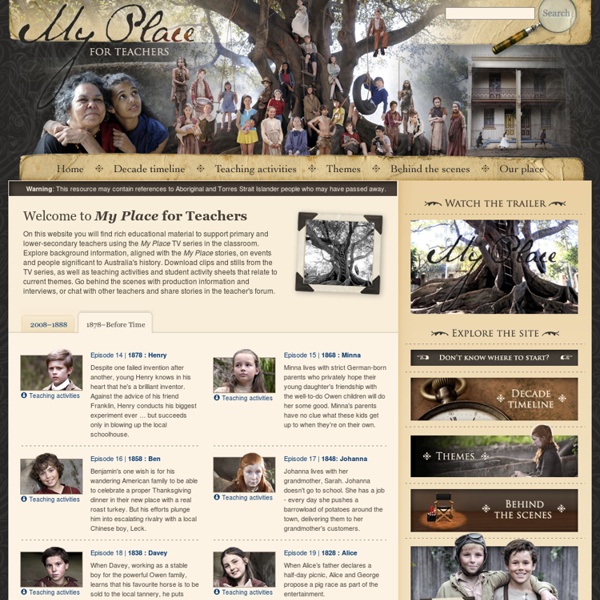



First Australians | Sections | Share Our Pride Local people may have a preference for how they are described, for example at a function or event. If you’re not sure of a person’s particular language group and can’t find out, it’s usually okay to simply acknowledge them as Aboriginal or Torres Strait Islander. The easiest way to find out is to ask the person themselves – they will see this as showing respect and they’ll appreciate it. Connection with country is crucial to the wellbeing of Aboriginal and Torres Strait Islander peoples. For millennia, when Indigenous people visited the country of others, there would be rituals of welcoming to country. Today, these rituals have a legacy in formal ‘Welcome to Country’ and ‘Acknowledgment of Country’ protocols. Usually a ‘Welcome to Country’ will occur at the beginning of any major public meeting. Acknowledgements can be done at the beginning of any meeting. Acknowledge the traditional owners/custodians.Pay respect to their Elders past and present.
Stradbroke Dreamtime - Reading Australia Publisher's synopsis Stradbroke Dreamtime is a collection of 27 short stories, ideal for reading in class, from acclaimed Aboriginal author Oodgeroo. The stories are traditional Aboriginal tales from Stradbroke Island, the Tambourine Mountains and from the Old and New dreamtime. Awards Winner 1994 Children's Book Council Book of the Year Award About the author On 3 November 1920, Kathleen Jean Mary Ruska was born on North Stradbroke, an island in Moreton Bay about 30 kilometres east of Brisbane, and the home of the Noonuccal tribe. Kath married Bruce Walker, a waterside worker in Brisbane, and had two sons, Denis and Vivian. The sixties - the years of freedom rides, the struggle for the right to vote and the Gurindji strike at Wave Hill - saw Kath become a prominent and persuasive figure as she wrote and spoke for Aboriginal Rights, perhaps following the path of her father who had been active in the struggle for award wages for Aborigines as early as 1935 Oodgeroo died in 1993.
drs2aboriginaldreaming.pdf